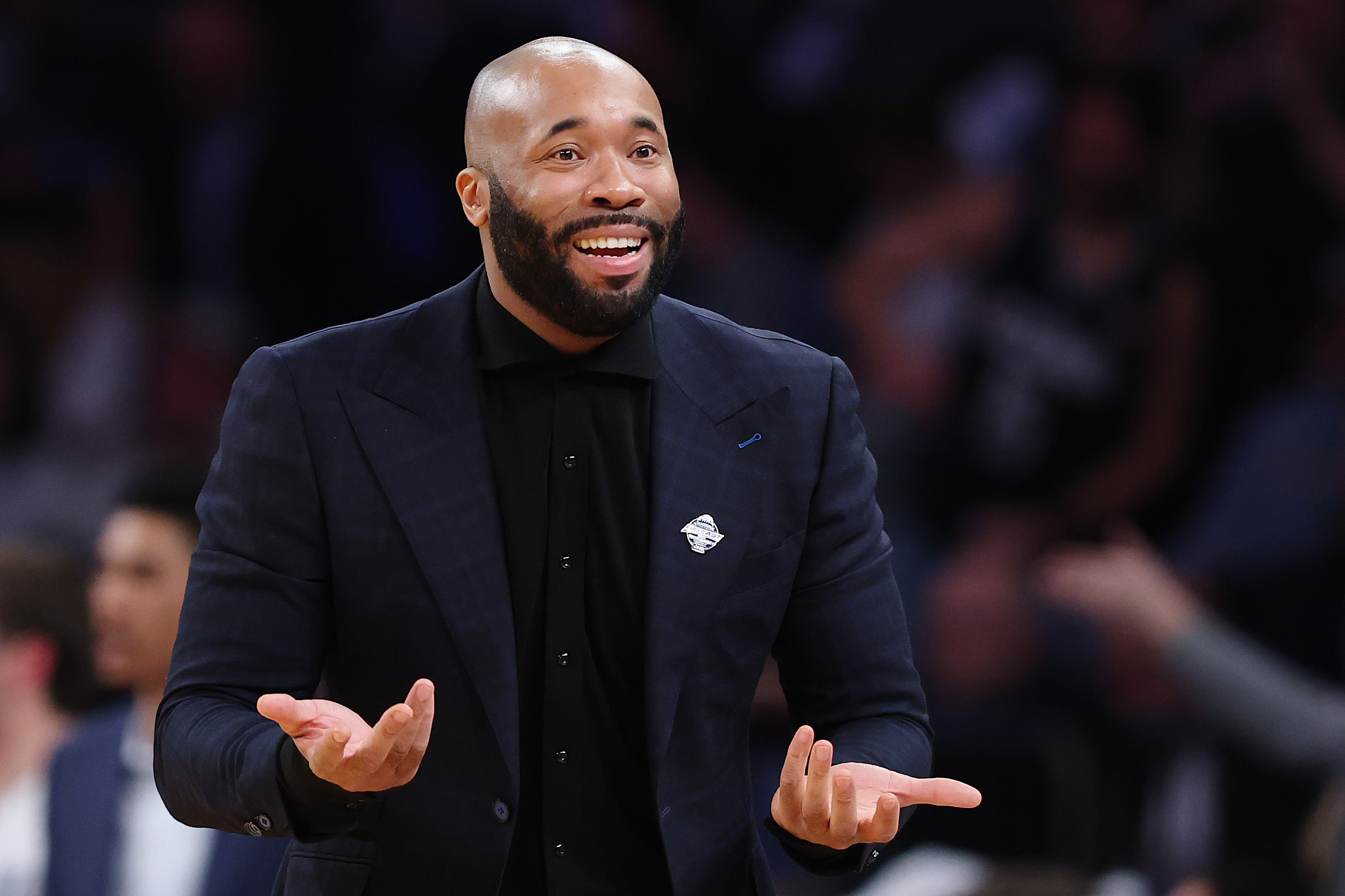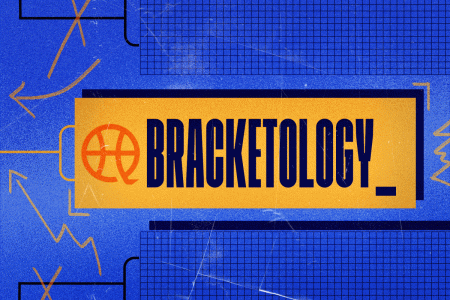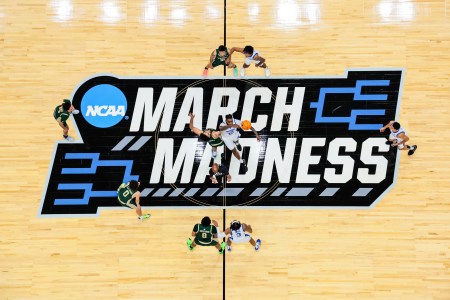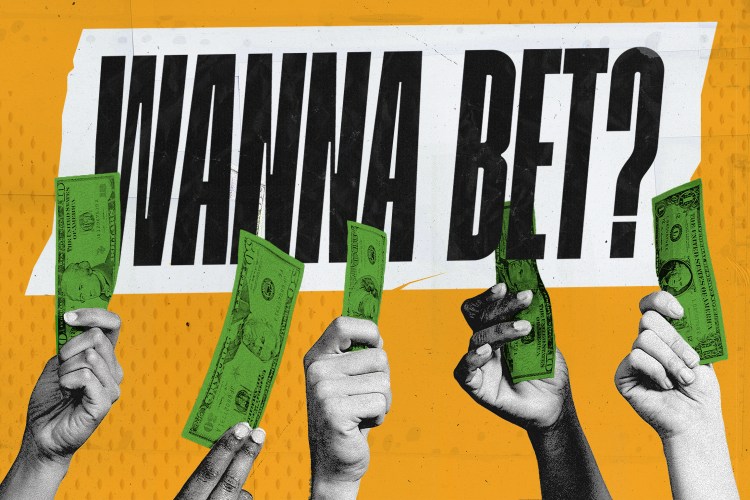Much of Maryland’s success this season was accompanied by a steady diet of agony: a series of last-second losses and now the distinct possibility, if not likelihood, of losing the coach that led the Terrapins to just their second Sweet Sixteen appearance in the past 22 years.
In the wake of fourth-seeded Maryland’s 87-71 loss to No. 1 seed Florida in a West Regional semifinal in San Francisco, coach Kevin Willard did little to quell rampant speculation that he will leave for Villanova.
“I don’t know what I’m doing,” Willard said. “I haven’t talked to my agent and I haven’t talked to my wife. I have an agent and I’m sure he’s talking to people, but I don’t know. My biggest concerns in life right now are I don’t know who my boss is going to be.”
Willard was referencing that Maryland athletic director Damon Evans last week was named the AD at SMU. A lot has transpired in this messy drama since, including Willard being booed by some Maryland fans at the team’s send-off.
The juxtaposition of Maryland making a dramatic run to the Sweet Sixteen at the same time its third-year coach may have one foot out the door created a highly unusual backdrop at Chase Center. The saga speaks to the chaotic state of play in college athletics — where frenzied machinations of the transfer portal redefine the term March Madness, and football and basketball coaches at the same school publicly joust over athletic department revenue.
With the all-important portal opening this past Monday, the speed at which the coaching carousel now moves has accelerated. New coaches need to be in place ASAP to recruit and retain top talent. When Texas fired Rodney Terry, for instance, it moved swiftly to hire Xavier’s Sean Miller. When Miller departed, Xavier moved swiftly to hire New Mexico’s Richard Pitino.
And there is Villanova — a history-rich, well-resourced program — which fired coach Kyle Neptune on March 15 but has been conspicuous in its inaction in hiring a replacement. That the job remains open strongly suggests the Wildcats have targeted a coach who is coaching in the NCAA Tournament — or at least was until Thursday night.

In recent days, Willard, 49, who led another Big East school, Seton Hall, to five NCAA Tournament appearances in his 12 seasons there, has only added kerosene to the flames of speculation. During a Tuesday radio interview on 106.7 The Fan in Washington, D.C., when host Kevin Sheehan asked if he would be back as coach, Willard said, “As of right now, I’m staying, Kev, yes.”
Last week, he criticized the financial resources that Maryland allocates for basketball in a rare display of a coach taking a public jab at his employer, especially on the eve of the NCAA Tournament.
“I want this program to be great,” Willard said of Maryland. “I want it to be the best in the country. I want to win a national championship, but there’s things that need to change. … I need to make sure that where we are with NIL and revenue share is not where we’ve been with NIL over the past two years. We’ve been one of the worst, if not the lowest, in NIL in the last two years.”
Villanova basketball, on the other hand, could be uniquely positioned to benefit from college sports’ new world order. In a coming revenue-sharing model — assuming the landmark House v. NCAA settlement is approved — schools for the first time can share as much as $20.5 million annually with athletes. Sources tell Hoops HQ that at least 75 percent of those dollars will go to athletes who play football, the sport that fuels big-time athletic departments’ financial engines.
But without a power conference football program, Villanova — and most other Big East schools — can share more rev-share dollars with basketball players than power conference schools that are determined to remain competitive in a football-driven economic arms race. This new dynamic could potentially give Big East schools — and others such as Gonzaga — a notable advantage in recruiting and retaining elite talent.
Could Willard be using Villanova to leverage Maryland for a better contract? Three years ago, Maryland signed him to a seven-year deal worth $29.4 million. But who is currently running the athletic department in College Park?
Willard has said that his then-athletic director, Evans, presented him with a term sheet to rework his contract before the start of the NCAA Tournament. But last Friday, SMU announced the hiring of Evans, an anticipated move that Willard oddly telegraphed publicly during his pre-NCAA Tournament news conference.
Maryland has struggled to regain the national relevance it achieved decades ago under distinct coaching luminaries, the larger-than-life Lefty Driesell and the old-school Gary Williams, who led the Terps to their only national title in 2002. This season, Willard led Maryland to only its second Sweet Sixteen appearance since 2003.
That tournament run ended abruptly Thursday, with Willard exiting Chase Center having concluded a successful season in College Park. He was still the coach. But will that change?












